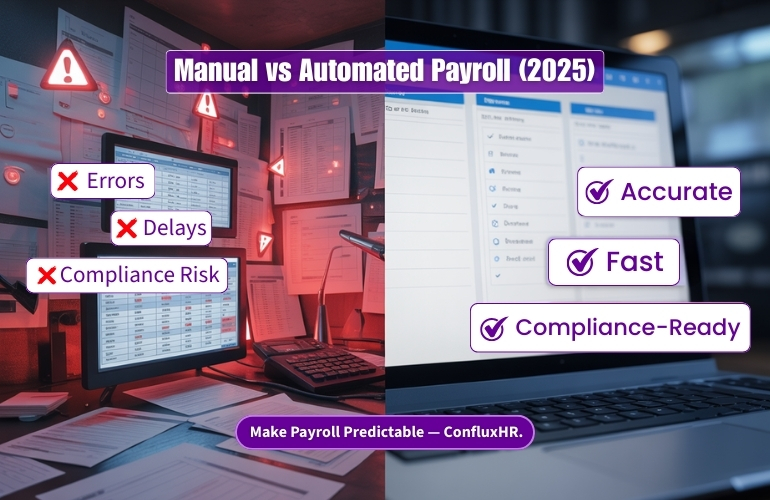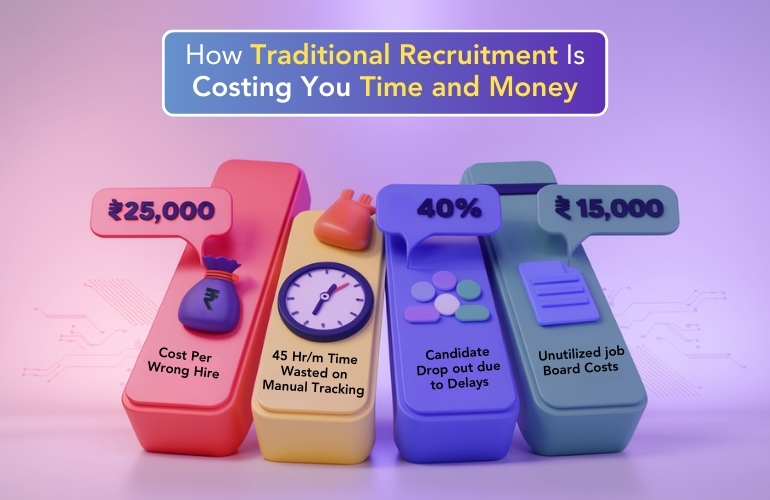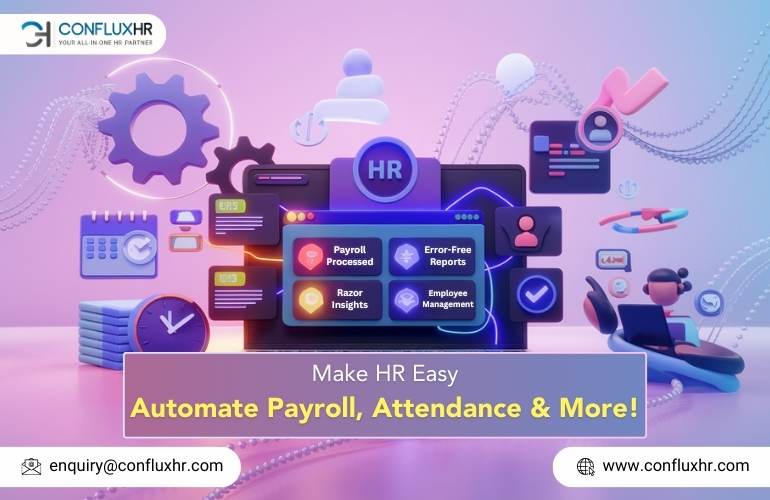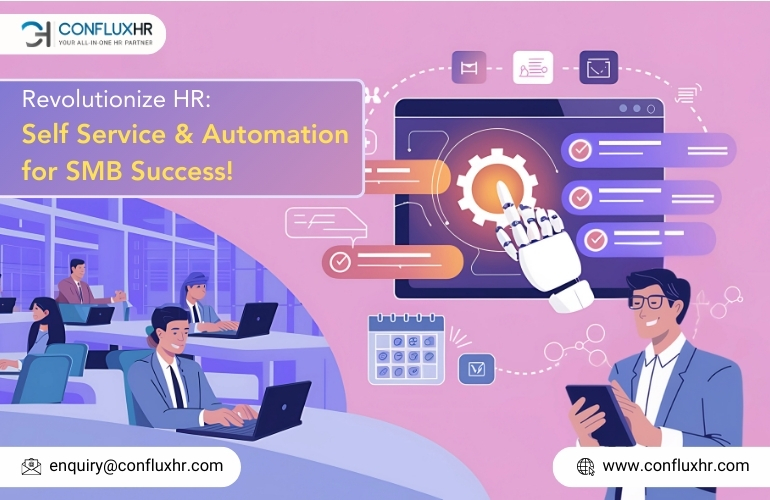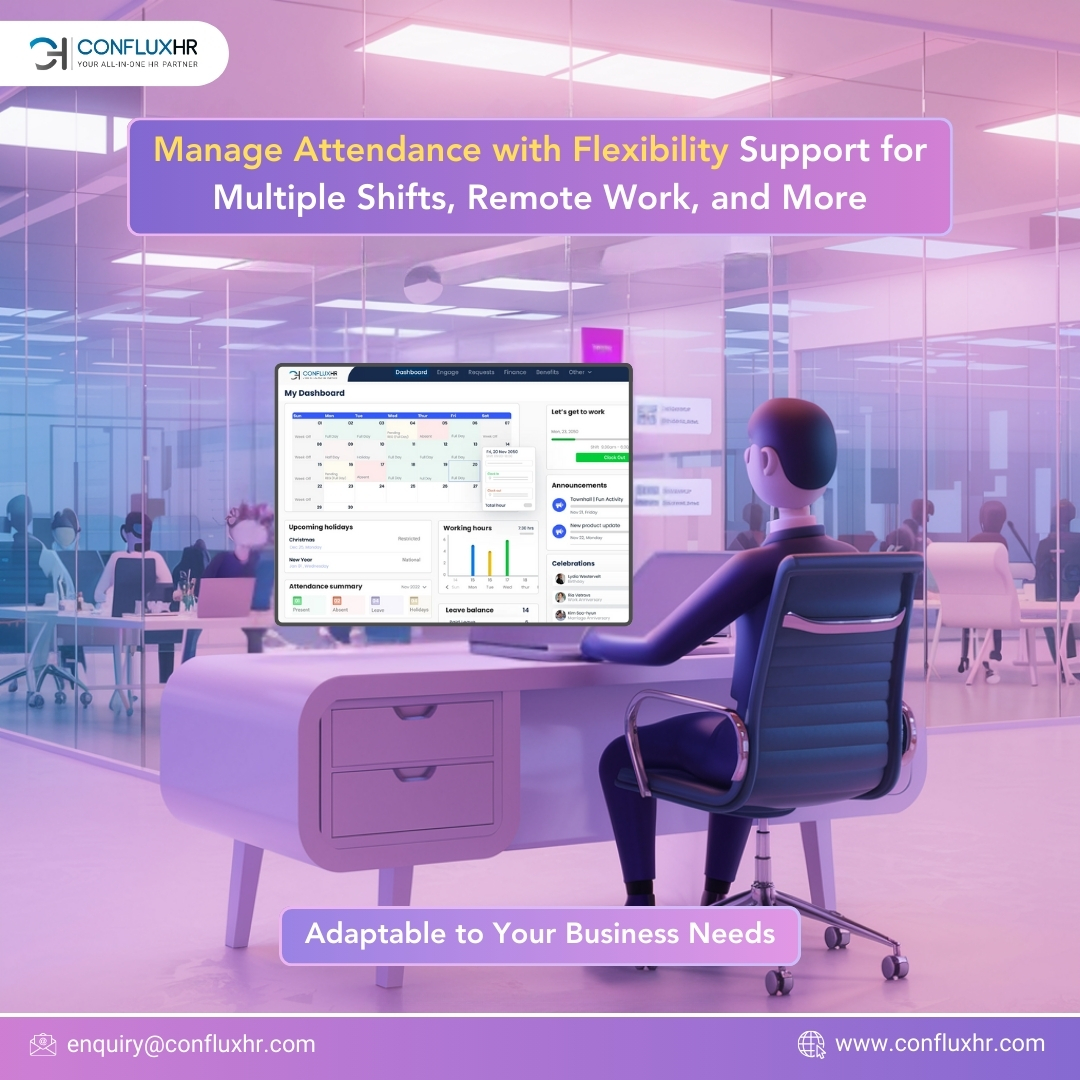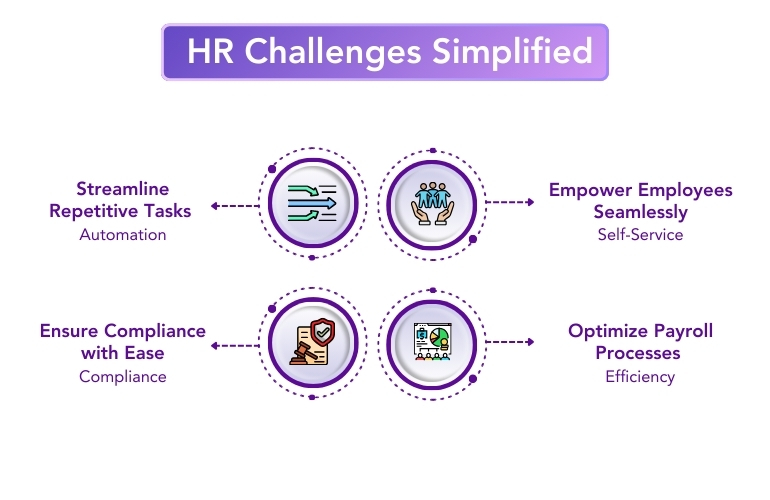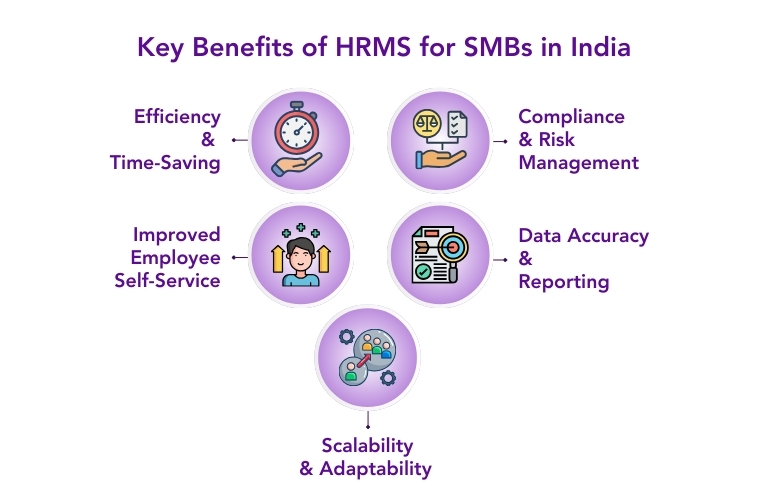For today’s SMEs, HR efficiency depends on speed, visibility, and accuracy. Yet many organizations still rely on manual systems emails, WhatsApp messages, Excel sheets, or offline forms to process employee leaves. The result is a workflow filled with delays, miscalculations, and avoidable conflict. This is exactly why modern businesses are rapidly shifting toward mobile-first leave management systems, led by advanced HR platforms like ConfluxHR.
In this blog, we explore how mobile apps, geo-enabled attendance features, and automated workflows are transforming employee leave processes for small and medium enterprises.
Why SMEs Need a Mobile-First Leave Management Approach
Unlike large enterprises with dedicated HR teams, SMEs operate with lean structures and minimal administrative bandwidth. With employees increasingly working remotely, across locations, or on-field, traditional leave tracking becomes even more complex.
Mobile-first solutions offer instant accessibility, real-time visibility, and automated workflows core advantages that a modern leave management system must deliver.
Here’s why mobile-led HR transformation is no longer optional:
1. Employees expect instant access and transparency
A mobile app allows employees to apply for leave instantly, check leave balances in real time, and track application status. This eliminates back-and-forth communication and improves transparency a critical expectation for younger, tech-native workforces who needs a specialized Leave Management Software for Startups,
2. Managers need real-time insights for staffing decisions
Through employee leave tracking software embedded in the HR mobile app, managers can view team availability instantly, approve or reject leave requests on the go, and prevent workflow disruptions.
3. HR heads require a centralized, automated system
A cloud-based online leave management system removes inconsistencies, avoids miscommunication, and eliminates manual record-keeping significantly reducing administrative load.
Where ConfluxHR Stands Out: The Power of Mobile-First Leave Management
ConfluxHR has been engineered to meet the real-world needs of SMEs and startups. Its mobile-first design enables:
1. Mobile Leave Application & Real-Time Updates
Employees can apply for leave directly via the app with a single click. Notifications instantly alert managers, reducing approval delays and ensuring faster HR workflows.
2. Geo-Fencing and Geo-Tagging for Accurate Attendance Integration
This is where ConfluxHR differentiates itself.
Geo-fencing and geo-tagging bring unprecedented accuracy to leave and attendance workflows:
– Ensures employees clock in only within authorized locations
– Tracks attendance for field employees with real-time coordinates
– Aligns leave and attendance seamlessly for payroll processing
By integrating mobile attendance with leave data, ConfluxHR strengthens overall HR governance and minimizes loopholes.
3. Automated Leave Policies and Compliance Enforcement
HR teams can configure custom leave rules carry forward, encashment, probation rules, etc. The system automatically applies them, ensuring consistent policy enforcement across the organization.
This is a key advantage of a modern HRMS leave management module.
Why Mobile-First Leave Management Matters for Payroll Accuracy
Manual leave tracking is the number one cause of payroll errors in SMEs.
A mobile-integrated automated leave management system eliminates this risk by:
– Syncing approved leaves with attendance records
– Auto-calculating paid and unpaid leaves
– Reducing human error in monthly payroll runs
Pair this with ConfluxHR’s one-click payroll and you get a clean, compliant payroll cycle every month without spreadsheets.
Solving Real SME Pain Points with Modern Leave Technology
1. Eliminates approval bottlenecks
Approvals that earlier took days now take minutes.
2. Reduces errors and conflicts
A transparent system decreases salary disputes and miscommunication.
3. Enables HR workflow automation
A unified HR workflow automation software significantly reduces repetitive tasks, freeing HR teams for strategic activities.
4. Supports distributed and hybrid teams
Geo-enabled, cloud-based capabilities make it ideal for field teams, remote staff, and hybrid organizations.
A Game-Changer for Startups and Growing Businesses
Startups need agility, and manual leave processes slow them down. ConfluxHR functions as the most practical, scalable Leave Management Software for Startups, offering:
– Instant deployment
– Scalable user-based pricing
– Mobile-first operations
– Automated workflows
– Zero paperwork
– Real-time visibility for founders and HR leads
When small teams grow into bigger teams, ConfluxHR grows alongside them without adding administrative overhead.
How Mobile-Enabled HR Systems Are Shaping the Future of SMEs
Mobile-first HR is becoming the new standard, and SMEs that adapt now will gain long-term operational advantages:
– More productive HR teams
– Faster approvals
– Higher employee satisfaction
– Improved workforce planning
– Stronger compliance and audit readiness
As organizations evolve, legacy HR systems simply cannot keep up. A smart, mobile-enabled leave management software is no longer a luxury it’s essential.
Conclusion: The Future of Leave Management Is Mobile, Automated, and Geo-Enabled
SMEs need solutions that are simple, fast, accurate, and employee-friendly. ConfluxHR’s mobile-first design, combined with geo-fencing, geo-tagging, and integrated payroll workflows, makes it one of the most powerful leave management systems available for modern businesses.
If your organization is still using manual or outdated leave processes, now is the time to shift to a mobile-first, automated solution that enhances efficiency and eliminates HR bottlenecks.









